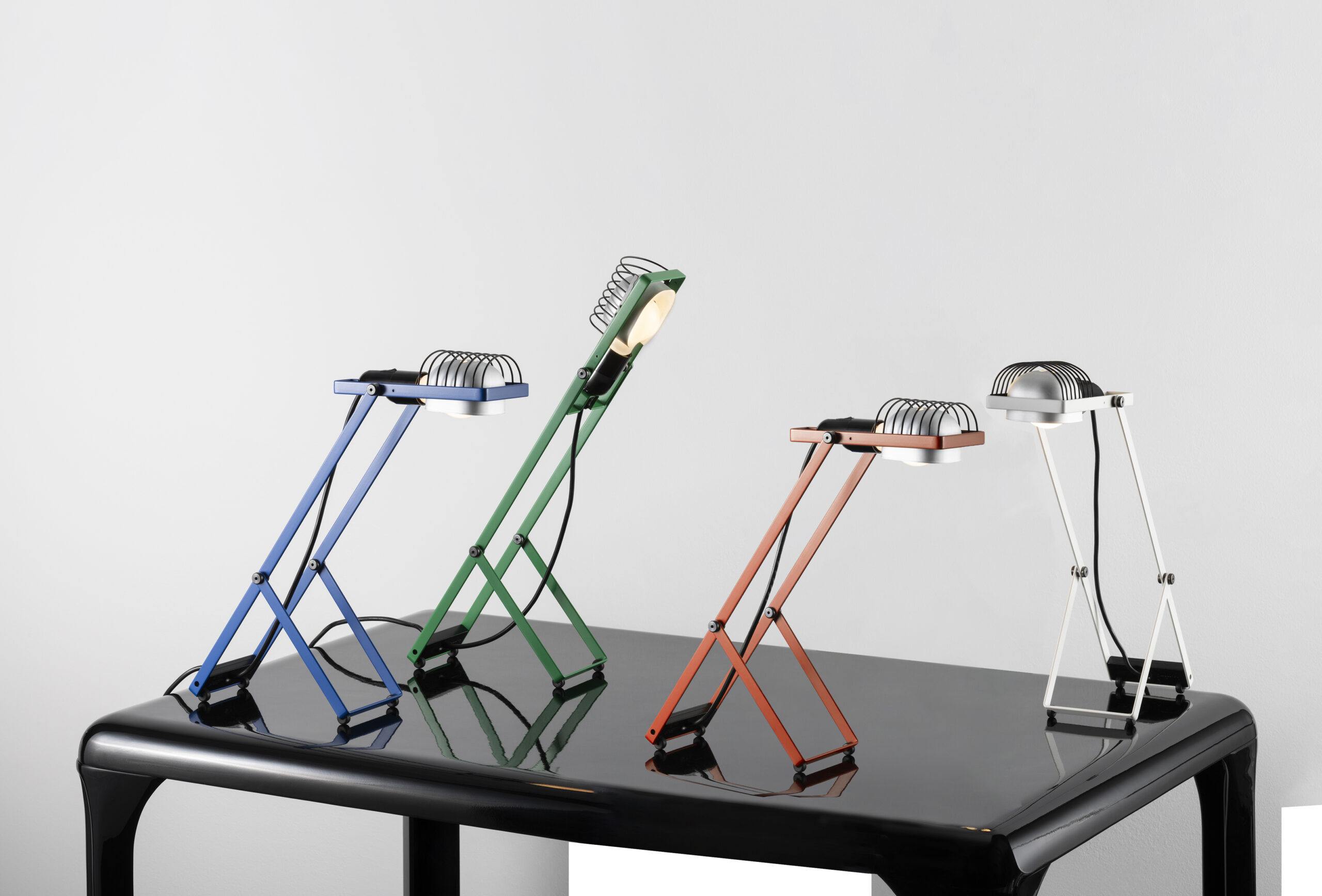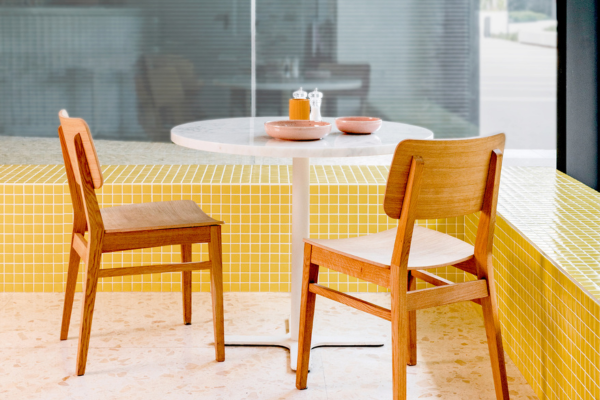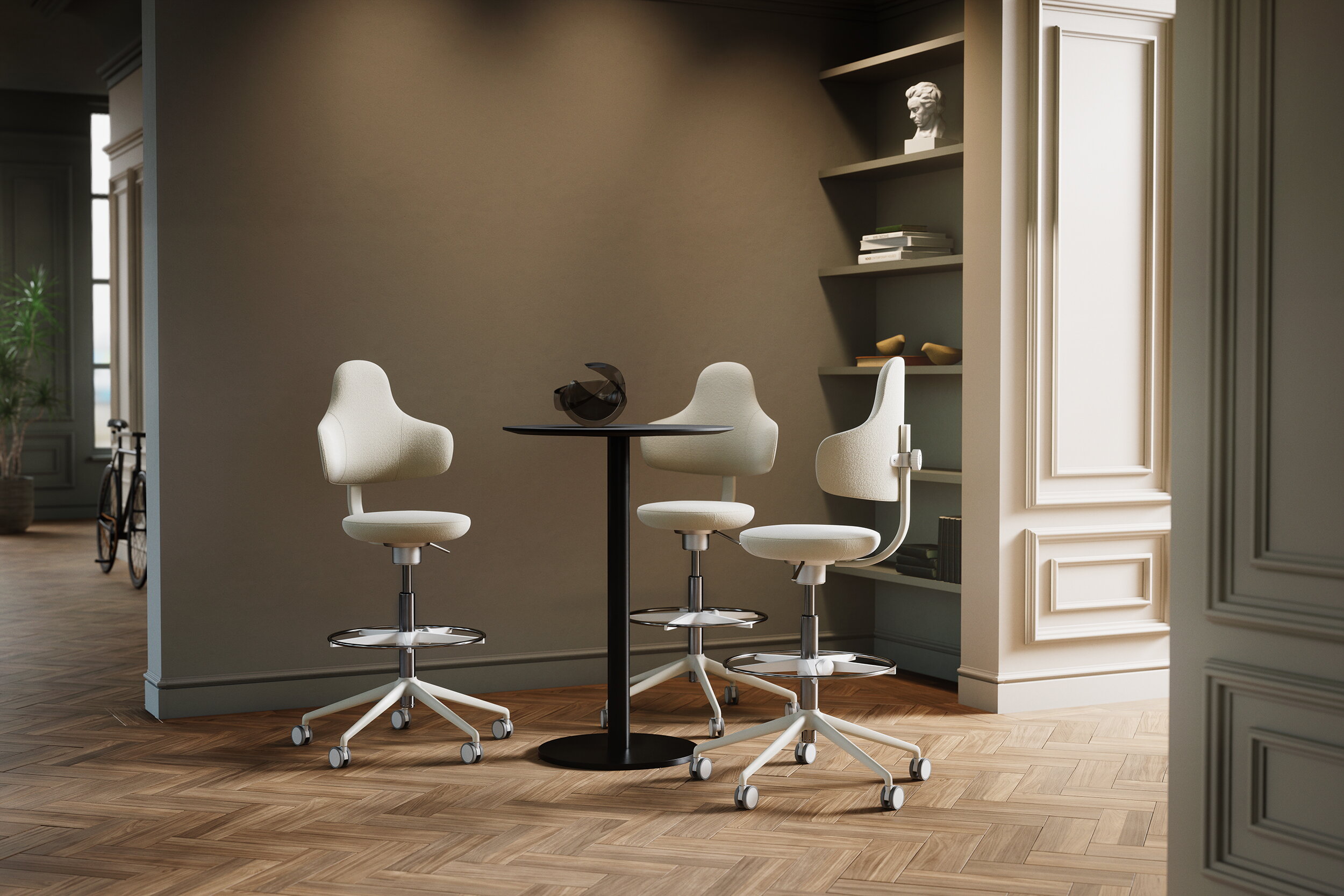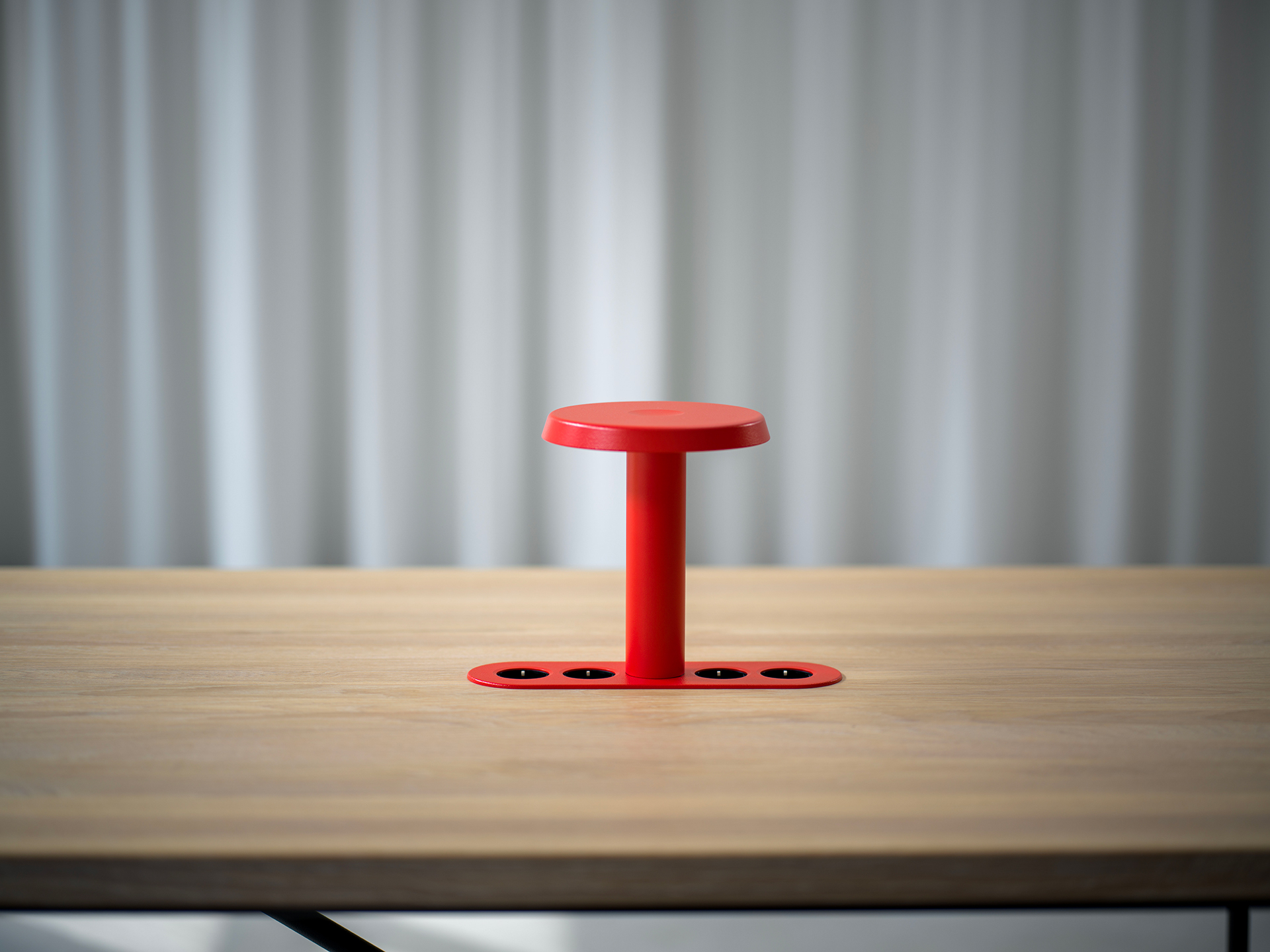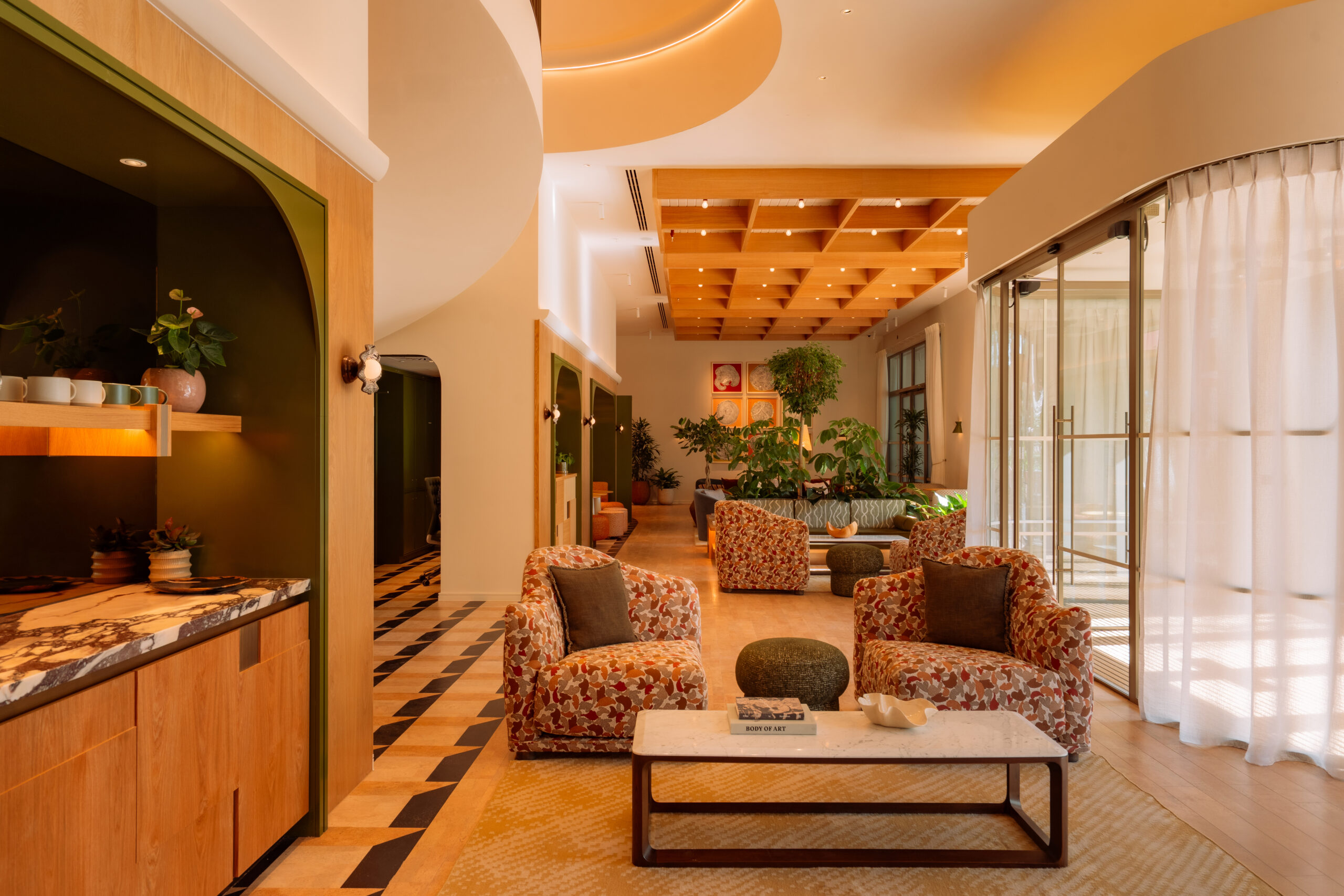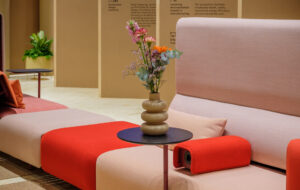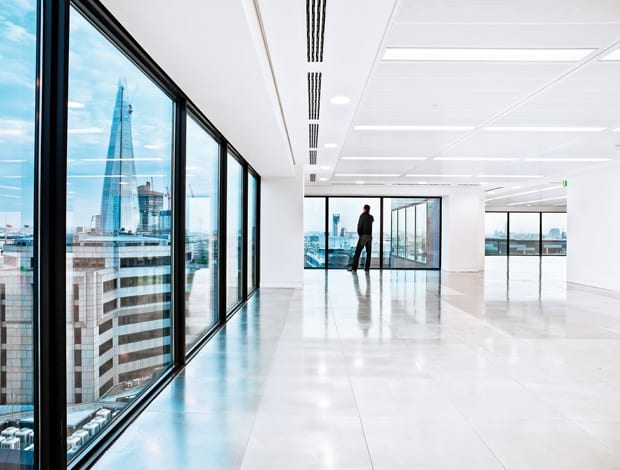 The new office space, awaiting tenants, takes in views of London landmarks|MoreySmith added aluminium cladding, filling in the first-floor terrace areas|Anodised aluminium screens, which conceal a ventilation shaft and a cafe|The bespoke reception desk, in leather and copper with a corner lightbox|An Eva Menz chandelier and B&B Italia chairs lend some luxury to the entrance||
The new office space, awaiting tenants, takes in views of London landmarks|MoreySmith added aluminium cladding, filling in the first-floor terrace areas|Anodised aluminium screens, which conceal a ventilation shaft and a cafe|The bespoke reception desk, in leather and copper with a corner lightbox|An Eva Menz chandelier and B&B Italia chairs lend some luxury to the entrance||
London’s Cannon Street has recently become something of a hot-spot for high-spec offices. There’s no missing such strident new developments as Cannon Place (above Cannon Street station) and on the other side of the road, Foster + Partners’ rippling Walbrook Building, not to mention Jean Nouvel’s blockbusting One New Change a short haul up the road. Existing accommodation is having to raise its game to compete, and one of the first out of the blocks is 110 Cannon Street, the 11-storey, 6,500sq m office building now owned by the Universities Superannuation Scheme (USS).
This 1970s block has now been overhauled by architectural designer MoreySmith, which was commissioned to revamp the structure by then-owner Land Securities after the departure of the tenant to One New Change. “The building was looking a bit tired, so it was a good opportunity to revitalise it and give it a real sense of quality that would make people notice it again,” says MoreySmith director Graeme Montague.
The main moves have taken place at the entrance. Here, the designers had to contend with an extremely unfortunately placed ventilation shaft to the right of reception on the corner of the building. This had to remain, but was, says Montague “stupendously ugly and needed camouflaging”. Other factors thrown into the mix were Land Securities’ desire for some ground-floor retail in the previously under-utilised area left of reception, and the presence of a poorly accessed and underused first-floor terrace on either side of the entrance.
MoreySmith’s solution tackles all of these issues, making a virtue of the need to create a screen for the shaft. Instead of remaining a problem, this provided the impetus for the design solution of a movable mesh screen wrapping around both corners of the building. On the right, it shields the shaft; on the left, it provides a filtered facade to a new cafe unit. Above both, the terraces have been enclosed to create additional office space, a move which also gives the entrance more balance and impact.
The success of the 4m-high mesh screen, made from anodised aluminium, lay in the details. On the one hand, the screens had to be delicate enough to provided a pleasant ambience for those inside the cafe, and to pass the close-quarters scrutiny of passing pedestrians. Yet they had to be strong enough visually to minimise the shaft, and strong enough practically to function as a rigid yet moveable facade. MoreySmith worked with its supplier over a five-month period to achieve exactly the right gauge of expanded metal mesh that would function as large-scale, framed screens. A full-scale prototype helped finalise details such as the hinges, the concealed locks, and corner edging. On the shaft side, three 4m-high panels slide to completely open up the corner, then concertina-fold back to allow access to the basement plant when necessary. On the cafe side, the screens open individually, allowing access to the windows and also the low-level lighting, if necessary. Screens on both sides incorporate signage lightboxes that wrap in a horizontal band around the corners.
Like quite a few buildings in the area, 110 Cannon Street was faced in brown granite. To give the building a visual lift, this was removed at the lower two levels and replaced with the mesh screens and also by anodised aluminium panelling, which was introduced to frame the entrance in a more dramatic way. Above the mesh, back-painted glass covers the spandrels. “It has a nice metallic finish – almost jewel like – giving a feel of quality as you walk down Cannon Street,” says Montague.
Inside, the task was to update and inject a bit of personality into the reception area, which had decent proportions but was looking rather outdated and anonymous. As a base, MoreySmith introduced limestone flooring and painted plasterboard walls. To this the designers added stylish seating by B&B Italia and SCP and a bespoke reception desk finished in leather and copper, with a turquoise lightbox in one corner. The rear of the reception area is shielded from the lifts by a simple glass screen with fabric interlay.
The real stars are the bespoke elements here, in particular the two chandeliers by Eva Menz positioned above the reception seating. Each has three tiers with reflective bases and is made of acrylic and white glass pieces. As well as being attractive sculptural pieces in themselves, they cast playful shadows on the walls.
Those waiting for the lifts have a tactile treat – the entire lift lobby wall is clad in beige, corrugated leather, created by Harcourt on an MDF frame with the same anodised bronzed aluminium trim as is used elsewhere in the reception. “The leather is something that’s interesting but reasonably subtle. It’s very tactile, quite hard-wearing and ages very well,” says Montague. The cladding continues up into the lift area on the first floor, where a balcony overlooks the reception. The same aluminium is also used for the lift controls and numbers, and for the 3D directory lettering on the wall nearby.
Upstairs, the offices have been refurbished to Cat A standard with new raised floors and suspended ceilings, and relined walls. WCs have been revamped in a neutral palette with Laufen washbasins, limestone floors, ceramic tiles and etched, back-painted glass wall panels. Cubicle doors are in fumed-oak veneer. The new office areas on either side of the building have green roofs to give a more pleasant view to those in the floors above, while in the basement there are new shower facilities and changing rooms.
New owners USS (which uses its investments to fund pension schemes for university workers) bought the building before work began on site. Its fund manager for offices, Alex Turner, is pleased with MoreySmith’s “exemplary use of existing space”, and tenants are now being signed up. Unsurprisingly, the top floor has been let first, offering great views city-wide and also of the more recent office newcomers to this up and coming part of Cannon Street.


